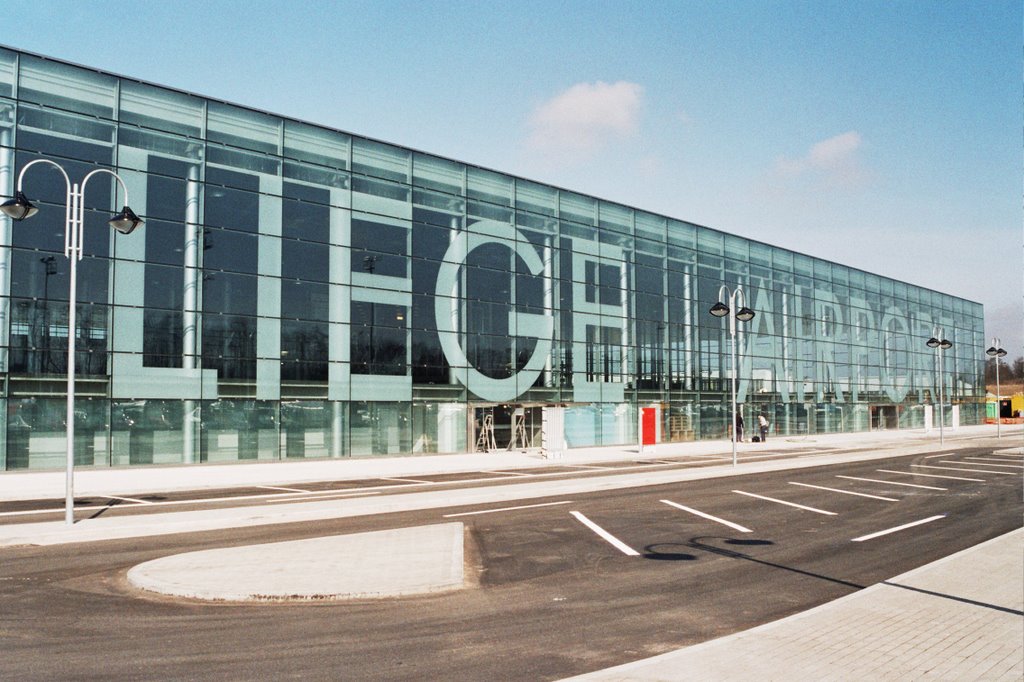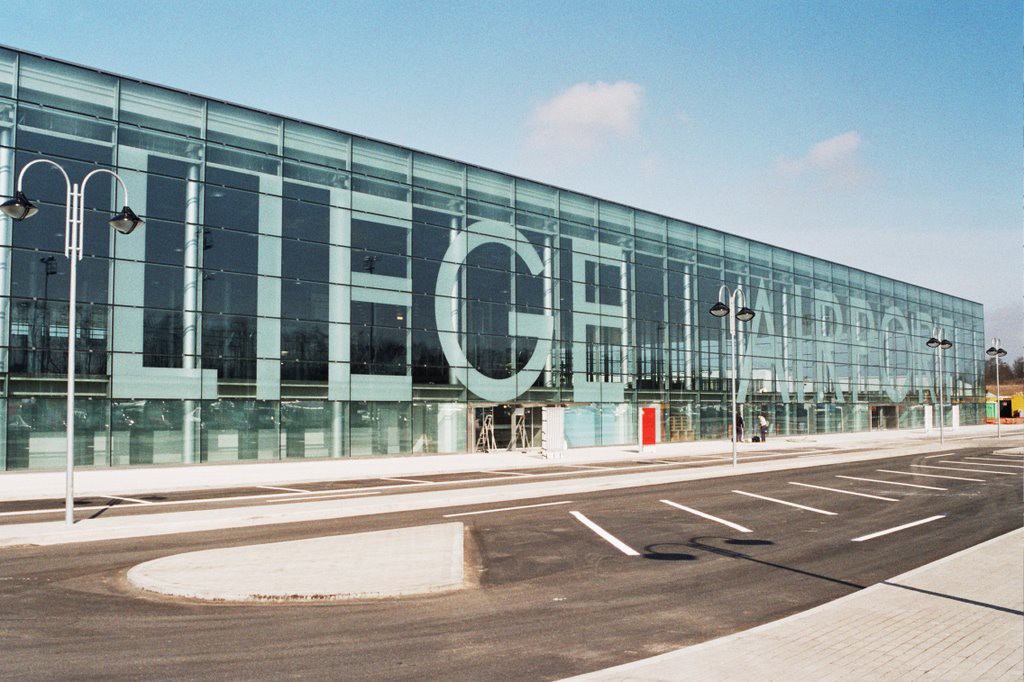

Liege Airport saw a ‘contrasted’ 2022 as the cargo airport saw freight demand fall whilst passenger numbers increased no thanks to the double whammy brought about by Covid and Ukraine conflict.
1.14 million tonnes of freight transited through the Belgian air hub, a 19 percent drop compared to figures seen in 2021. Passenger numbers at the airport meanwhile soared 118 percent to 166,898, compared to 2021.
For Liege Airport chief, Laurent Jossart, the decrease in freight transport was ‘predictable,’ given the geopolitical instability created by the war in Ukraine, the current global tensions and the Covid zero strategy in China. There was also the case of having ample supply over the last 2 years, backed by pax aircraft conversion for cargo use, reactivation of older freighters and strong growth in e-commerce.
“After two years of strong growth in air cargo capacity and supply, Liege Airport, like all ‘cargo airports’, is experiencing a decrease in comparison with 2021.
For us more specifically, we have to add the restructuring of Fedex and the stop of AirBridge Cargo activities. The double-digit inflation had also a significant negative impact on consumption, e-commerce and therefore on the overall flow of goods”, added Laurent Jossart.
Liege airport further provided two parameters that had a direct impact on the volume of transported goods at the airport. These include the resumption of passenger flights and therefore belly cargo, and a modal shift from air to sea transport with the end of disruptions in the maritime logistics chain, including a return to normal in tariffs after two years of regular increase.
Despite the drop in air freight volume, the airport believes it is still in pole position in Belgium and Europe when it comes to cargo. Liege has pledged to allot more than 5 million euros, focusing on infrastructure, as part of its commitment to the environment.
The airport also cited new aeronautical fees that have been effective since 1 January 2023, which it hopes will encourage airlines to operate more during the day and with more modern aircraft given the lower tariffs.









